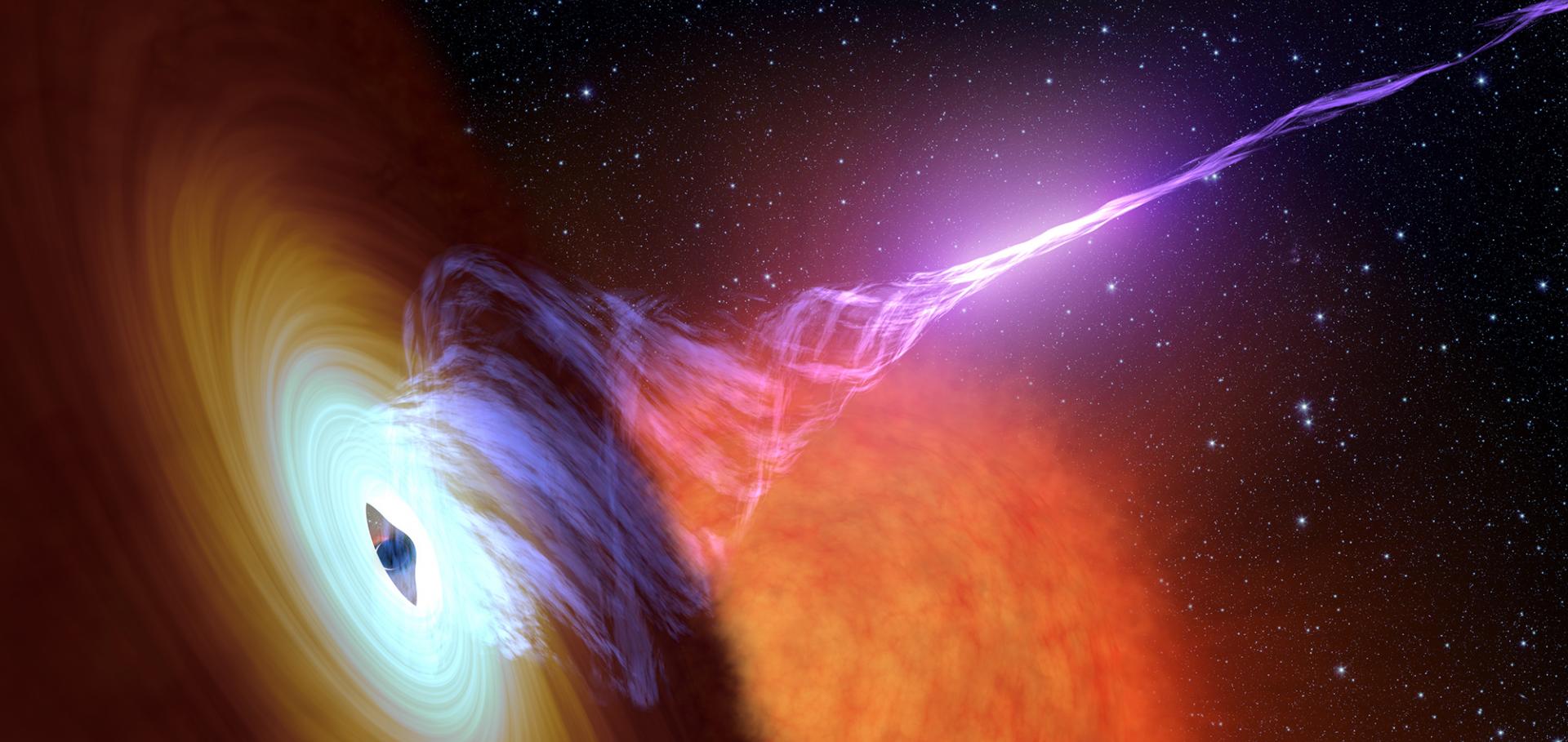Revealing accretion onto black holes: X-ray reflection throughout three outbursts of GX 339-4
(2014)
A Comprehensive Radio View of the Extremely Bright Gamma-Ray Burst 130427A
(2014)
The low or retrograde spin of the first extragalactic microquasar: implications for Blandford–Znajek powering of jets
Monthly Notices of the Royal Astronomical Society Oxford University Press (OUP) 439:2 (2014) 1740-1748
The return to the hard state of GX 339-4 as seen by Suzaku
Astronomy & Astrophysics EDP Sciences 564 (2014) a37


